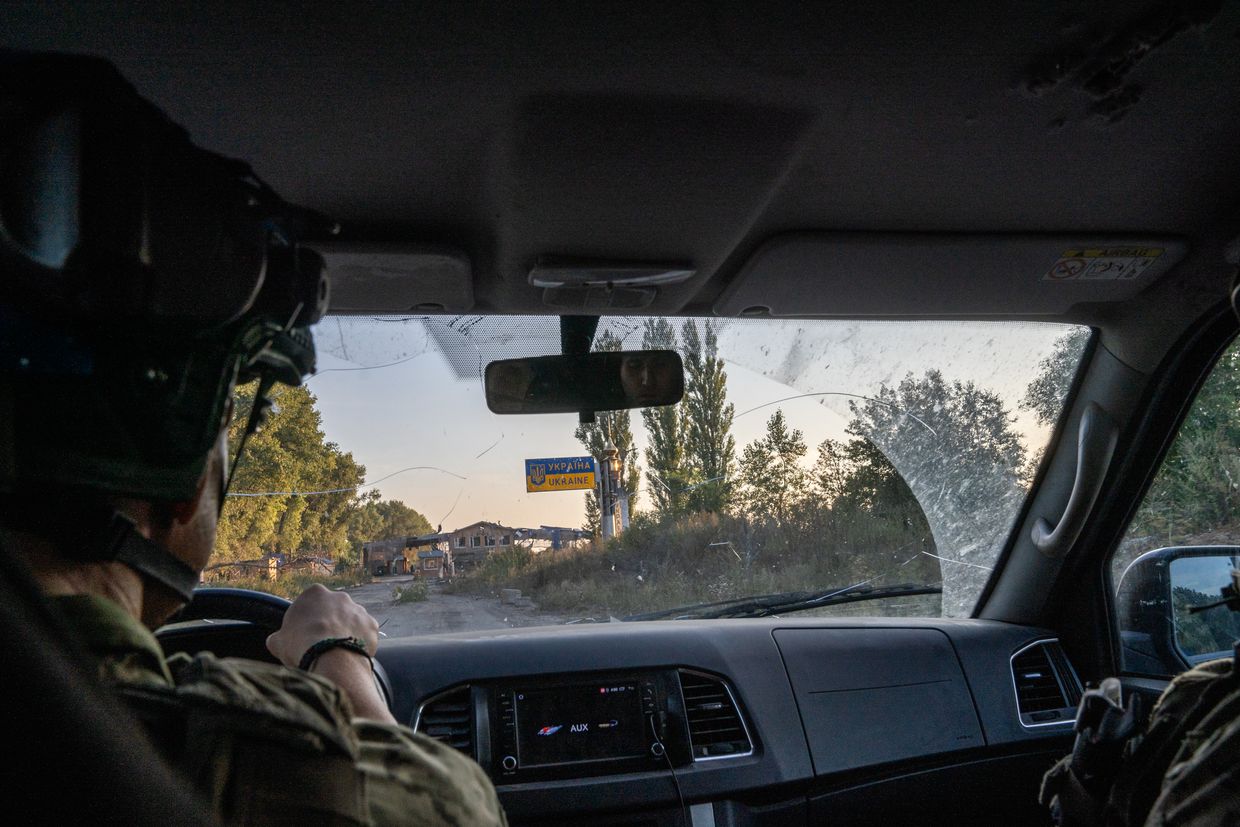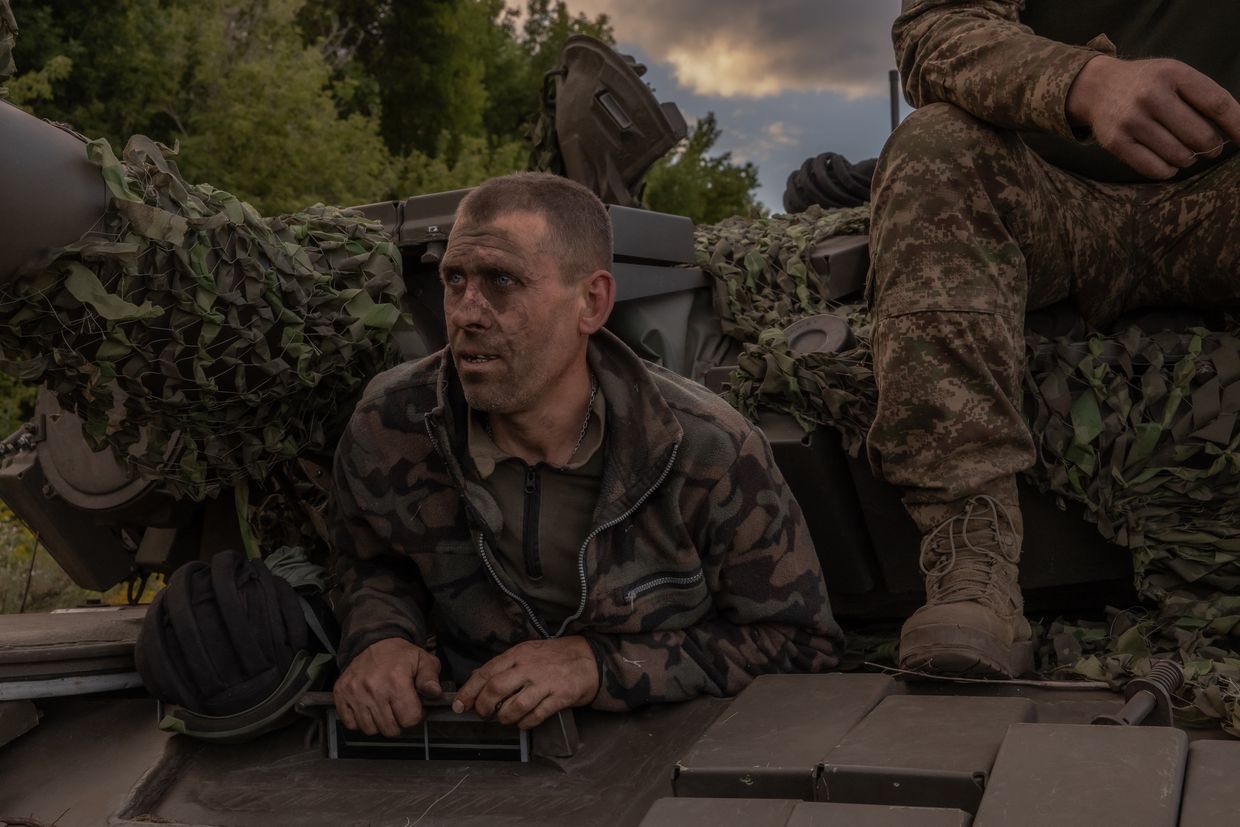Sweden's Pansarbandvagn 302 approved by Ukraine – but is it any good?

Ukraine announced on Aug. 19 that it had approved Sweden's Pansarbandvagn 302 (PBV 302) for delivery to its armed forces.
The "entire Swedish stock" of the infantry fighting vehicles (IFVs) was a part of Stockholm's largest tranche of military aid for Ukraine worth $1.3 billion, announced in late May.
It means some 300 of the vehicles should be in the hands of the Ukrainian army in the very near future.
How good is the Pansarbandvagn 302?
An IFV is an armored combat vehicle used to transport infantry to fighting positions, while also being armed with a cannon capable of engaging the enemy and provide fire support.
IFVs are also used for medical evacuations from areas of the front line where rescuers are likely to come under fire.
While Ukraine is in need of more IFVs, there's no avoiding the fact that the PBV 302 is old. Very old.
It was first used by the Swedish army way back in 1966, saw action in Bosnia and Kosovo, and after a hefty 48 years, was retired from service in 2014.
After 10 years in storage, they were then given a new lease of life when Sweden announced in May that its entire stock of the vehicles would be given to Ukraine.
"The Ukrainian army is organizing a number of new brigades and therefore needs armored vehicles for infantry companies. Therefore, Sweden will donate its entire stock of PBV 302, including spare parts, maintenance equipment and ammunition," the Swedish government said at the time.
But what can it actually do?
The PBV 302 is a high-mobility, tracked infantry fighting vehicle originally produced by Swedish Hagglund & Soner, and can carry eight soldiers alongside its three-people crew.
When announcing it had been approved for delivery to Ukraine's Armed Forces, Ukraine's Defense Ministry gave a brief overview of what it is capable of.
Highlights include the ability to "traverse rough off-road terrain, as well as soft and unstable surfaces like mud and sand, and to cross water obstacles," a "20 mm Hispano-Suiza automatic cannon," and "front armor designed to withstand a direct impact from a 20 mm artillery shell."
And it's 270-horsepower diesel engine means it can "reach speeds exceeding 60 kilometers per hour."
The thing is, none of these specifications are particularly impressive on a modern battlefield, particularly one where the threat of drones is ever present.
Since retiring the PBV 302, Sweden has come to rely on the much more modern Combat Vehicle 90 (CV90).
The CV90 can also traverse difficult terrain, comes with a much more powerful 40 mm Bofors L/70 autocannon or 35 mm/50 Bushmaster autocannon, and its front armor is designed to withstand larger 30 mm shells.
It's also equipped with far more advanced EW (Electromagnetic Warfare) to protect against drones, and its larger engine means it can shift at 70 kilometers an hour.
Fortunately, Sweden has also given Ukraine around 50 of these, and there are joint production plans between the two countries that aims to provide 1,000 of them.
Used alongside the U.S.-made Bradley, widely considered one of the best IFVs in the world of which Ukraine has received around 300, it means Ukraine has a small but still formidable IFV capability.
Bradleys in particular have proven themselves especially effective, even taking on Russia's most advanced tank on the battlefield, the T-90.
But at present, there simply aren't enough CV90s or Bradleys in Ukraine to satisfy the army's demand, so until those 1,000 CV90s show up or some more Bradleys are donated, the gap is being plugged by older models such as the PBV 302.













